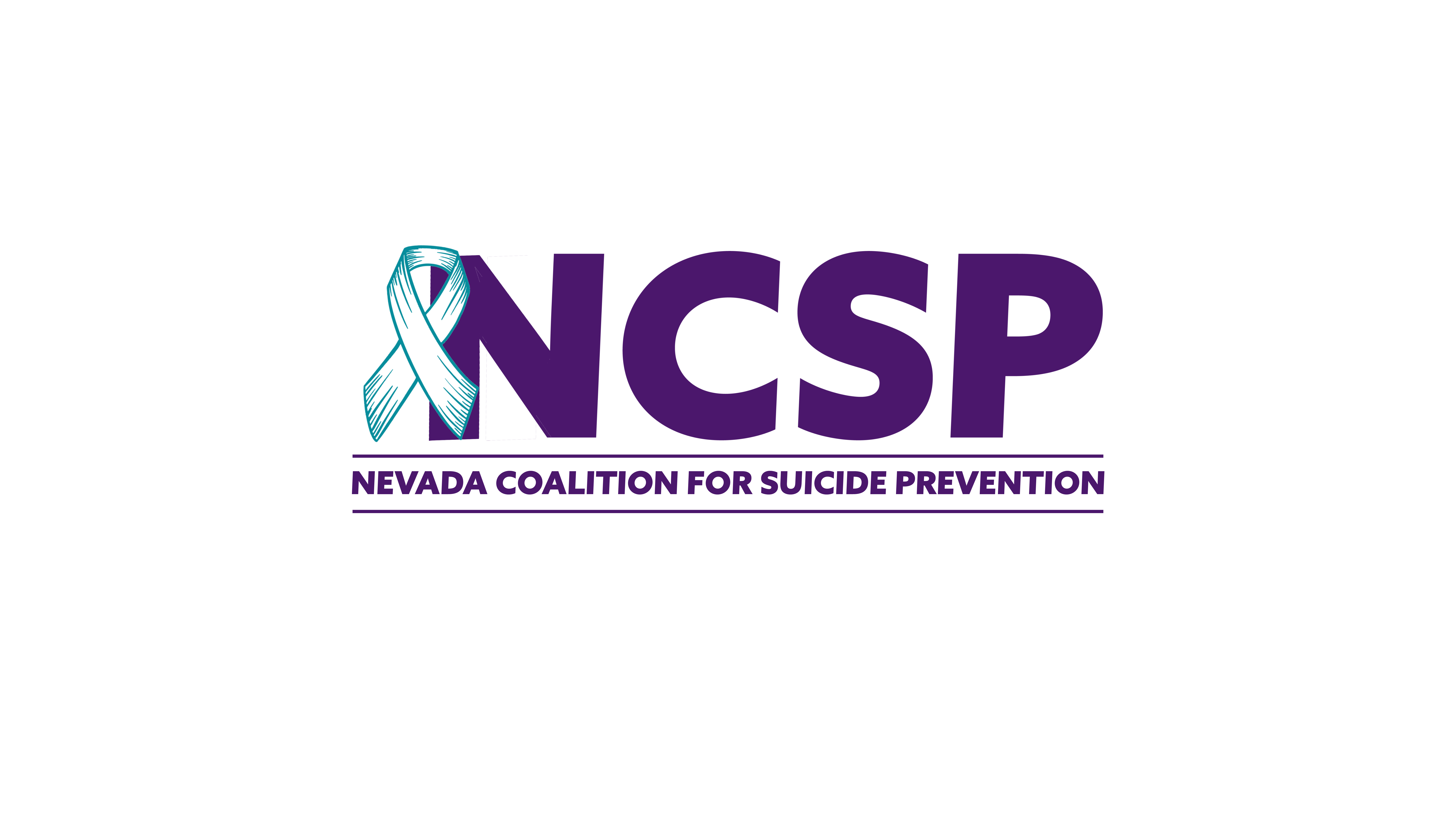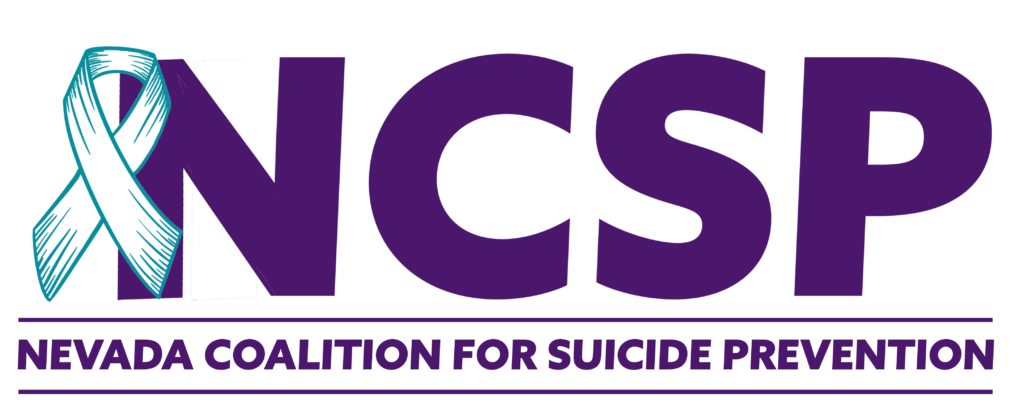Understanding And Helping The Suicidal Individual
Understand Suicide:
Risk Factors
Chronic Risk Factors (If present, these increase risk over one’s lifetime.)
- Demographics: White, American Indian, Male, Older Age (review current rates ), Separation or Divorce, Early Widowhood
- History of Suicide Attempts – especially if repeated
- Prior Suicide Ideation
- History of Self-Harm Behavior
- History of Suicide or Suicidal Behavior in Family
- Parental History of:
- -Violence
- -Substance Abuse (Drugs or Alcohol)
- -Hospitalization for Major Psychiatric Disorder
- -Divorce
- History of Trauma or Abuse (Physical or Sexual)
- History of Psychiatric Hospitalization
- History of Frequent Mobility
- History of Violent Behaviors
- History of Impulsive/Reckless Behaviors
- Major Axis I Psychiatric Disorder, especially:
- -Mood disorder
- -Anxiety Disorder
- -Schizophrenia
- -Substance Use Disorder (Alcohol Abuse or Drug Abuse/Dependence)
- -Eating Disorders
- -Body Dysmorphic Disorder
- -Conduct Disorder…
- Axis II Personality Disorder, especially Cluster B
- Axis III Medical Disorder, especially if involves functional impairment and/or chronic pain)
- Traumatic Brain Injury
- Co-morbidity of Axis I Disorders (especially depression and alcohol misuse), of Axis I and Axis II (especially if Axis II Disorder is Antisocial PD or Borderline PD), of Axis I and Axis III Disorders
- Low Self-esteem/High Self-hate
- Tolerant/Accepting Attitude Toward Suicide
- Exposure to Another’s Death by Suicide
- Lack of Self or Familial Acceptance of Sexual Orientation
- Smoking
- Perfectionism (especially in context of depression)
- Firearm Ownership or Easy Accessibility
- Acute or Enduring Unemployment
- Stress (job, marriage, school, relationship…)
- Demographics: Recently Divorced or Separated with Feelings of Victimization or Rage
- Suicide Ideation (Threatened, Communicated, planned, or Prepared for);
- Current Self-Harm Behavior
- Recent Suicide Attempt
- Excessive or Increased Use of Substances (alcohol or drugs)
- Psychological Pain (acute distress in response to loss, defeat, rejection, etc.)
- Recent Discharge from psychiatric hospitalization
- Anger, Rage, Seeking Revenge
- Aggressive Behavior
- Withdrawal from Usual Activities, Supports, Interests, School or Work; Isolation (e.g. lives alone)
- Anhedonia
- Anxiety, Panic
- Agitation
- Insomnia
- Persistent Nightmares
- Suspiciousness, Paranoia (ideas of persecution or reference)
- Severe feelings of confusion or disorganization
- Command Hallucinations Urging Suicide
- Intense affect states (e.g. desperation, intolerable aloneness, self-hate…)
- Dramatic Mood Changes
- Hopelessness, Poor Problem-solving, Cognitive Constriction (thinking in black and white terms, not able to see gray areas, alternatives…), Rumination, Few Reasons for Living, Inability to Imagine Possibly Positive Future Events
- Perceived Burdensomeness
- Recent diagnosis of terminal condition
- Feeling Trapped, Like There is No Way Out (other than death); Poor Problem-Solving
- Sense of Purposelessness or Loss of Meaning; No Reasons for living
- Negative or mixed attitude toward help-receiving
- Negative or mixed attitude by potential caregiver to individual
- Recklessness or Excessive Risk-Taking Behavior, Especially if Out of Character or Seemingly Without Thinking of Consequences, Tendency toward Impulsivity
-Shame, Guilt, Despair, Humiliation, Unacceptable Loss of Face or Status
-Legal Problems (loss of freedom), Financial Problems , Feelings of Rejection/Abandonment
-Recent Exposure to Another’s Suicide (of friend or acquaintance, of celebrity through media…)
If you are concerned about a family member or friend, show you care and ask the question: Do you feel suicidal? Trust your gut instincts — and if you’re concerned, help get the person to support services that can help. If the person can’t open up to you, find someone else who can talk with that person.
If you are unsure but still concerned, call the Crisis Call Center to speak with one of our trained volunteers today. Don’t delay. Your concern could save a life. Call 1-800-273-8255.
Volunteer
For information on how to Volunteer, email us here : admin@nvsuicideprevention.org

